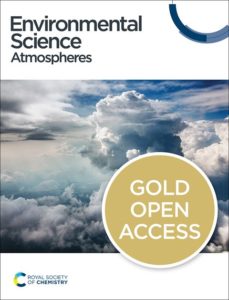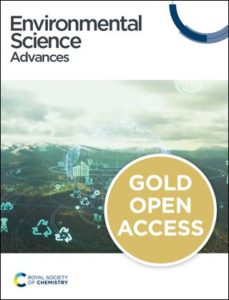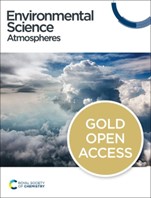We are delighted to announce that the Environmental Science: Atmospheres themed collection on air quality in emerging economic regions is now online.
Understanding the sources and composition of air pollutants in emerging economic regions is essential for implementing effective pollution control measures and mitigating the adverse impacts on human health and the environment. Addressing air quality issues in these regions is important for sustainable development, as poor air quality can impede economic growth and hinder progress towards achieving global environmental goals. This collection highlights the impactful atmospheric science research occurring in these regions.

Our collection was guest edited by Francis Pope (The University of Birmingham), Vinayak Sinha (Indian Institute of Science Education and Research Mohali), Michael Gatari (University of Nairobi).
Read the full issue online.
It includes:
Statistical assessment of an atmospheric mercury passive sampler at a regional site in South Africa
Kerneels Jaars et al.
Environ. Sci.: Atmos., 2025, Advance Article, DOI: 10.1039/D4EA00071D
Air pollution (PM2.5) and its meteorology predictors in Kampala and Jinja cities, in Uganda
Gabriel Okello et al.
Environ. Sci.: Atmos., 2024,4, 1145-1156, DOI: 10.1039/D4EA00074A
Mayank Pandey et al.
Environ. Sci.: Atmos., 2024,4, 897-910, DOI: 10.1039/D4EA00064A
Characterization of mercury in atmospheric particulate matter in the state of Rio de Janeiro, Brazil
Adriana Gioda et al.
Environ. Sci.: Atmos., 2024,4, 872-878, DOI: 10.1039/D4EA00044G
We hope that you enjoy reading this collection of articles. Please get in touch if you have any questions about this themed collection or want to contribute to the growing work on air quality in emerging economic regions.





